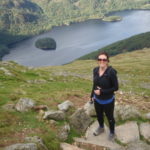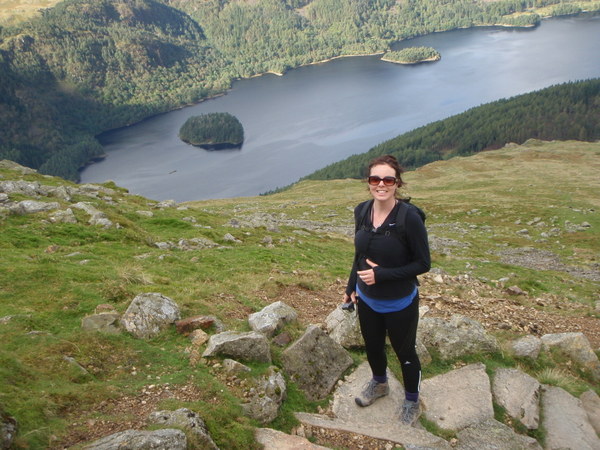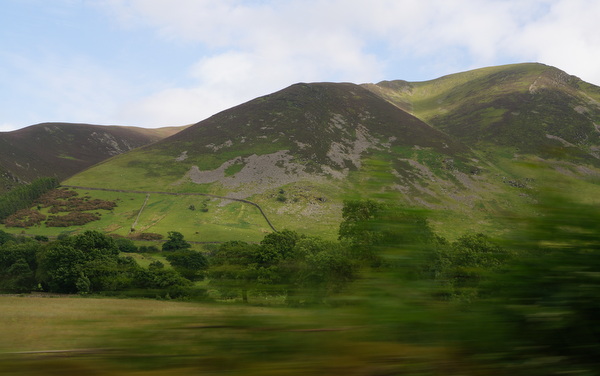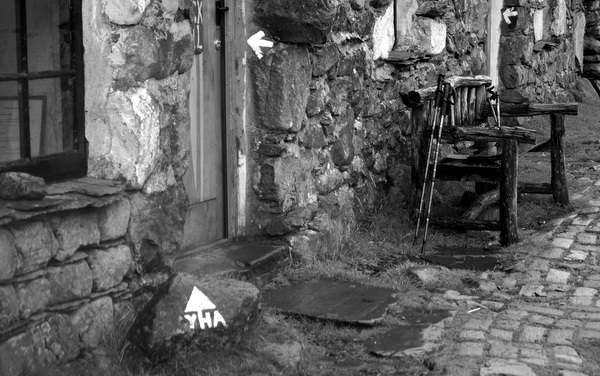I said I wouldn’t do it. To hold myself to it, I even wrote a post about it. It didn’t work.
How many times will I make this mistake?
In too many places I’ve lived under the assumption I had plenty of time to do the things I wanted. And I do – when I get there. But then months turn into weeks and into days and suddenly I’m not buying anymore groceries because I need to use up what I have before I leave.
When I moved to Coniston in November I’d been in the Lake District long enough to have a long list of things I wanted to do over the coming nine months. High on that list was the Ravenglass and Eskdale Railway. I am a sucker for trains after all. My excuses for never getting around to it were the usual: bad public transport, bad timing, bad weather. All valid reasons until it looked like I wouldn’t make it before I left. Then my friend, Claire, said she was coming to visit, so I put the railway on the agenda for her trip. With just one week left on my UK working visa, I finally made the trip to Ravenglass.
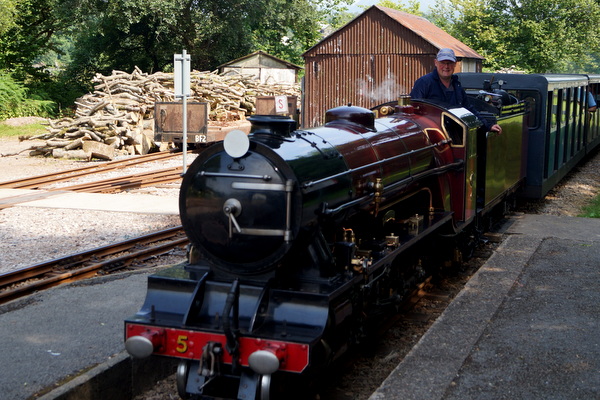
The railway runs from Ravenglass on the Cumbrian Coast, into Boot, a village in a beautiful valley in the Western Lake District. It’s nicknamed La’al Ratty, which I thought was just a name my boss had given it, but it means little railway. If I’d realised that I wouldn’t have been surprised to discover the train isn’t full size. But on seeing the conductor stand over the engine and carriages I felt silly. Why would a huge steam train travel through the Lake District on a seven-mile track that ends next to a paddock? Exactly. It wouldn’t. I possibly also should have clicked at the fact it was a narrow gauge railway.
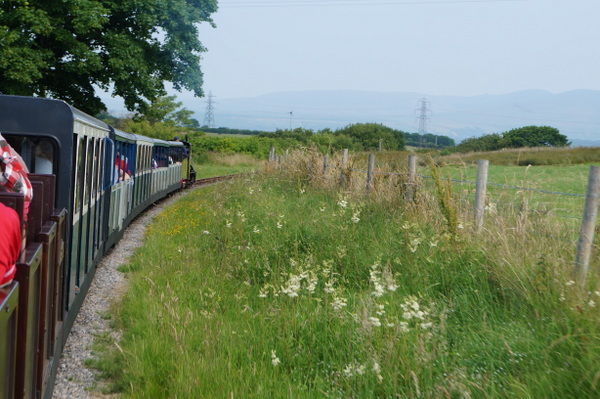
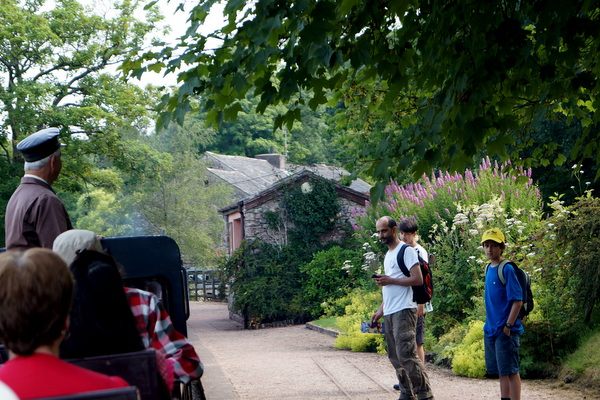
We board at Ravenglass – the 15-inch railway tracks looking particularly small compared to the nearby railway tracks on which the “normal” size trains travel up the Coast. The conductor, wearing a shiny black peaked cap, collects our tickets. We’re sat in one of the open carriages, the wooden bench seats just big enough for two of us. Others have taken shelter from the sun in the covered and closed-in carriages. The conductor takes his hat off once we depart, but puts it back on as we approach one of the stops along the way to pick up waiting passengers.
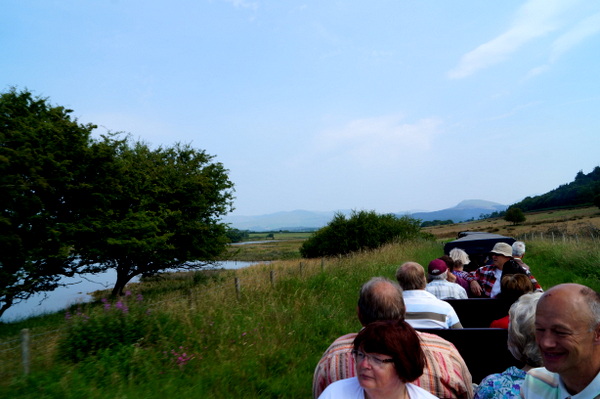
The scenery changes a lot in just seven miles. At first the fells are just shapes in the distance as we travel along some paddocks, but it isn’t long before the side of the track is lined with thick bracken rising up the fells. We pass under stone bridges, farmhouses and a full campground that seems even fuller on the way back. The sun is warm and the breeze is welcome. The rhythmic clack, clack, CLACK of the train on the tracks and occasional wooo-hoooo and puff of steam is the only noise. We turn, rather sharply for this little railway, into Dalegarth for Boot station, passing stone walls covered with moss that has died in the sun. The heatwave has stripped the stones of the moisture that kept its usually green covering happy.

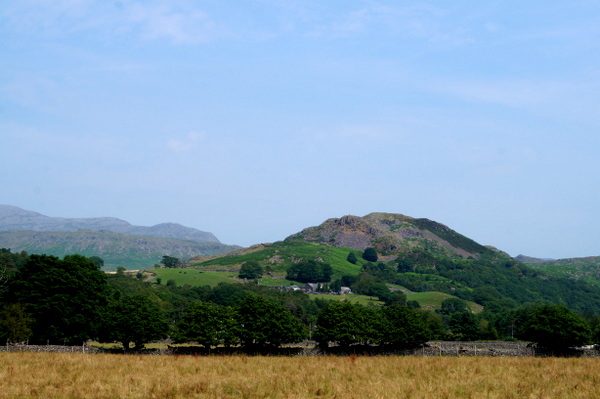
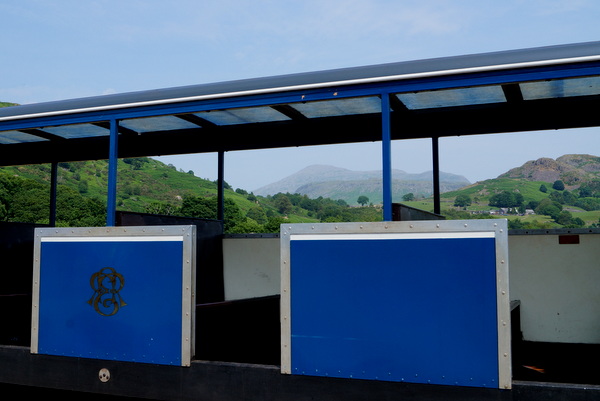
Northern Rock, our little green engine, has brought us to a quiet valley, home to the railway station, two pubs, a corner shop that makes a great corned beef sandwich, England’s oldest working mill and some cows – one of which comes up to the gate by the road to say hello. Despite all the passengers who just got off the train, it’s very peaceful and we walk up the middle of the road to Boot village. In this case, the term “village” even seems a stretch.
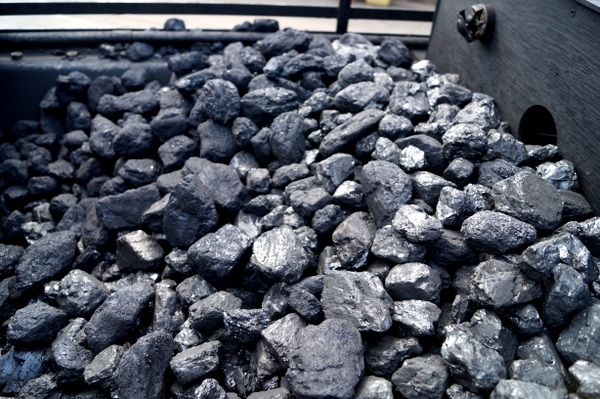
The railway opened in 1875 to carry iron ore from Boot to the coast, but went bankrupt and closed in 1913. A new narrow gauge track was laid and the railway started again in 1915. It’s been survived the threat of closure several times since then, but a new visitors centre and station at Dalegarth was opened six years ago so it must be on good footing at the moment. The engines sparkled in the sun, although some of the carriages show signs of age. At the end of the line the engines are put on the turntable and the driver and conductor push them round. During the break the staff tinker about. One of the engines, the green River Irt that reminds me of Gordon from Thomas the Tank Engine, started on the railway in 1923.
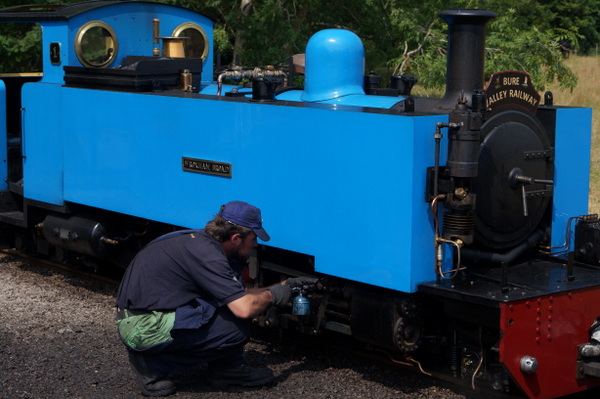
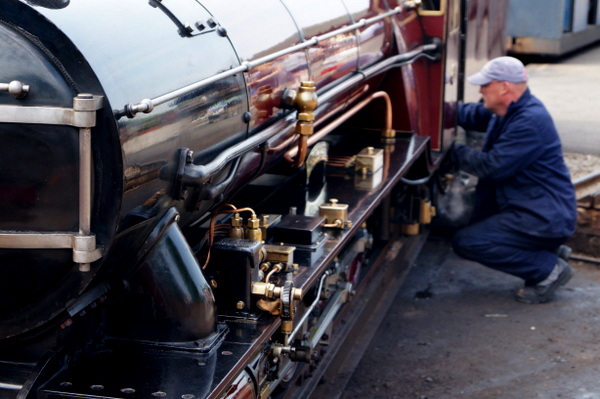
Walkers use the railway as a head start into the Lake District before trekking deeper into the fells. Other visitors stroll around Boot and the low-level trails, and explore some of the stops along the route – enjoying the chance to experience the Lakes without looking through a bus window or risking blisters. I love being outside on the fells, but the hot weather in July made it difficult. (I really don’t handle the heat well.) So instead the railway was a way for me to show off my paradise to Claire without walking for hours in the sun.
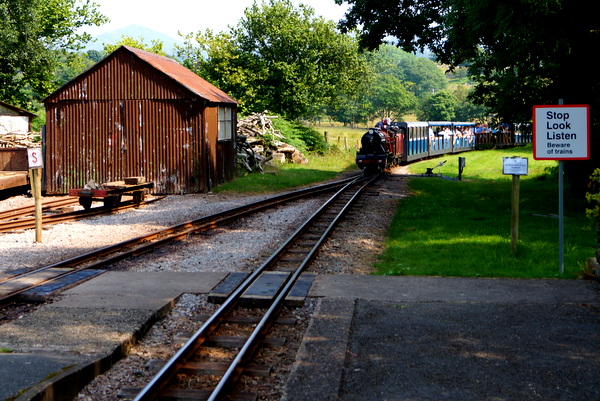
On the way back we stop at Irton Road and walk along the road to Eskdale – perhaps the only place around that has less going on than Boot. We return to the track and flag down the next train back to Ravenglass.
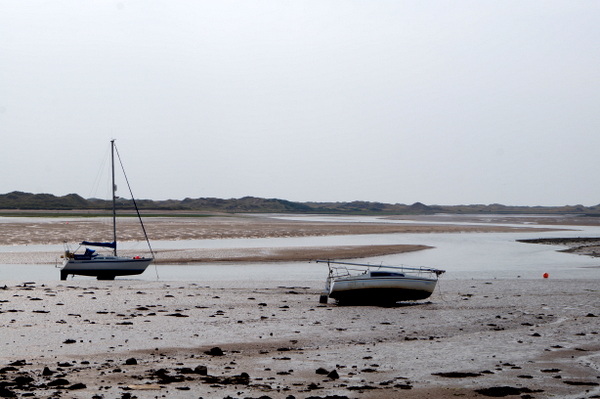
If you go
The Ravenglass & Eskdale Railway operates daily until November, when it runs a restricted winter schedule, including the Santa Express journeys. The trip from Ravenglass to Dalegarth takes about 40 minutes. An adult all-day ticket on the railway costs £12.80. We travelled from Coniston to Ravenglass on the X33 bus service operated by Apollo Travel and paid £15 for a combined return bus and all-day rail ticket.


